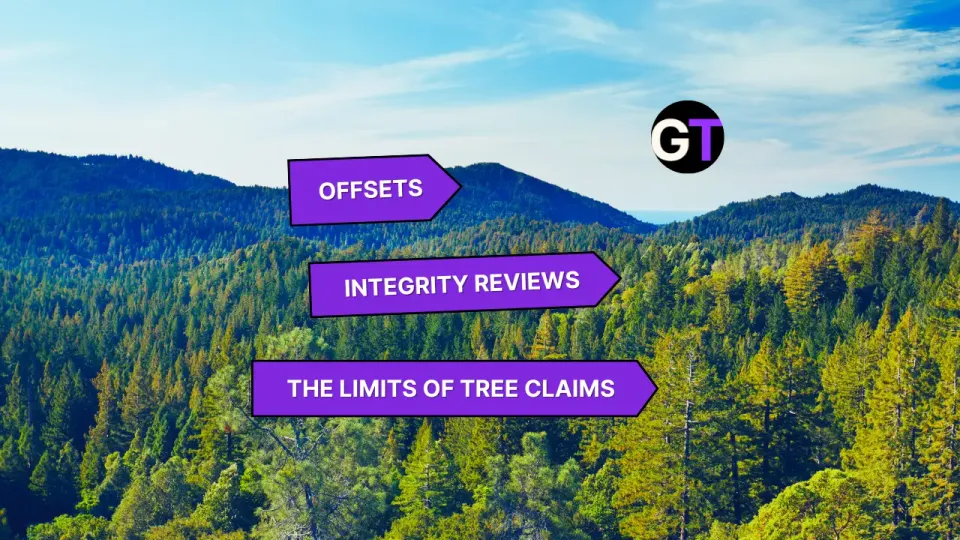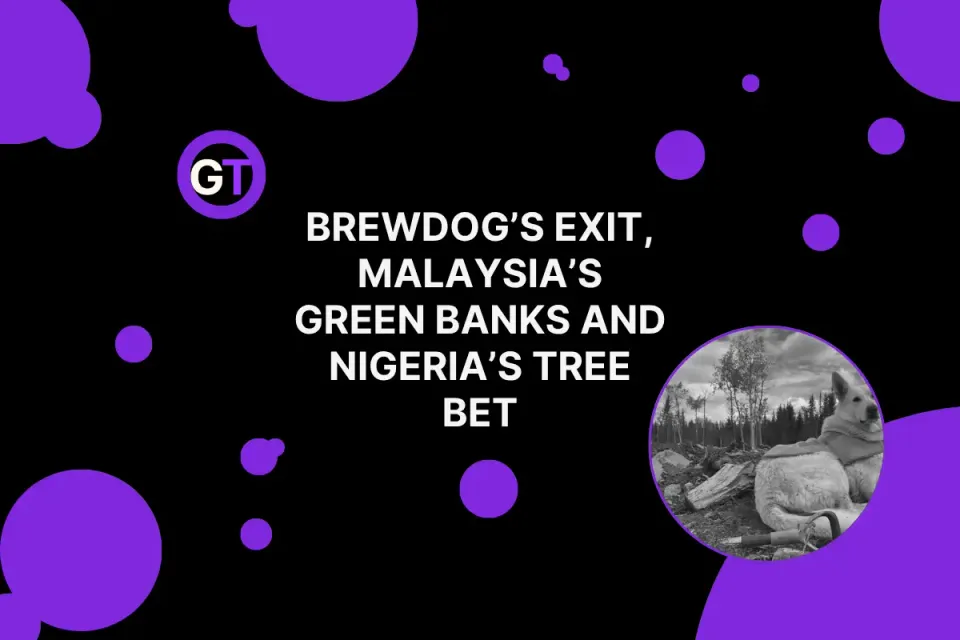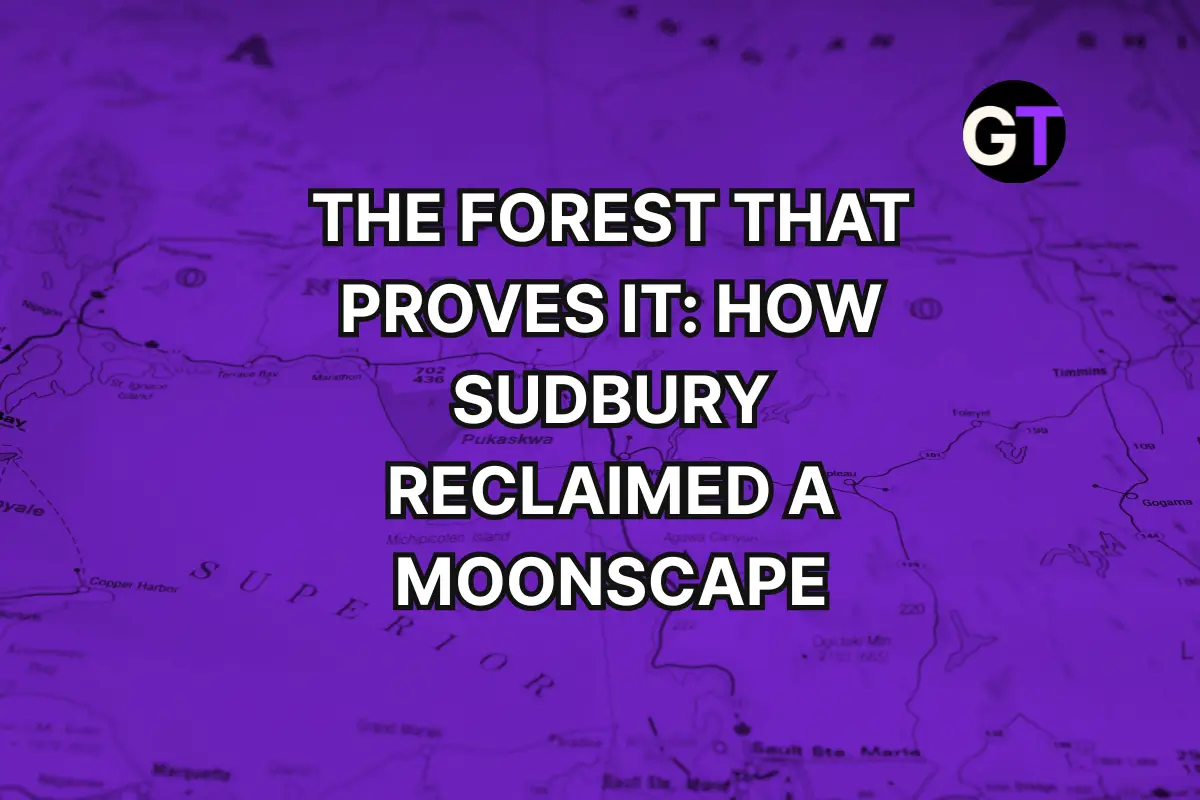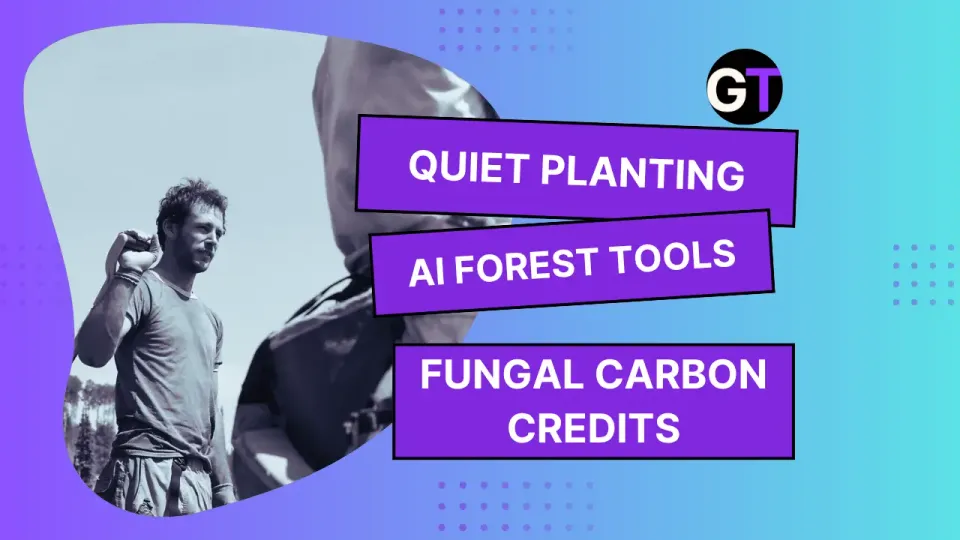Rwanda’s Carbon Credits, Quebec’s Fires & USDA Grants
From maple sap to shell ginger, forests are growing futures—rooted in Indigenous knowledge, rural economies, and global reform.
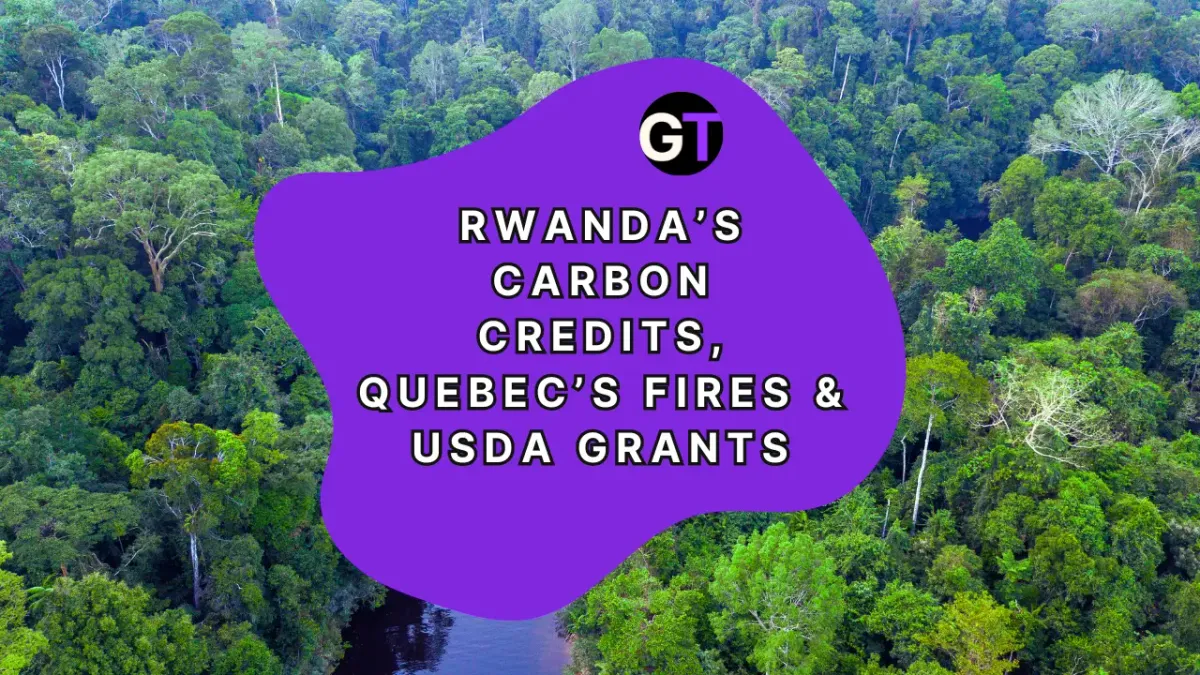
USDA Forest Service Puts $2M into Six Forest Restoration Projects Across Region 9
The U.S. Forest Service is putting nearly $2 million behind six projects across the Northeast and Midwest — from pine barren restoration in Wisconsin to agroforestry adoption in Iowa, water-quality forestry in Pennsylvania and Minnesota, and a reforestation and maple syrup initiative with the Oneida Indian Nation in New York. Delivered through the Landscape Scale Restoration program, the grants are part of $7 million awarded nationwide and add to the $91M the agency has invested in nearly 360 projects since 2018. The aim: cut wildfire risk, strengthen rural economies, and back the kind of collaborative, cross-boundary stewardship that keeps forests working for people and nature alike.
💬 With relatively small pots of funding spread across diverse landscapes, can these grants punch above their weight — catalyzing bigger shifts in resilience, rural livelihoods, and tribal-led stewardship?
👉👉 Read more on WisPolitics
Taiwan Accelerates Reforestation Program
Taiwan is revamping its reforestation strategy with sharper incentives, clearer land-use categories, and a push toward eco-friendly agroforestry. The Forestry and Nature Conservation Agency’s new rules slash the incentive period from 20 years to 6, offering up to NT$600,000 (US$20,000) per hectare, while distinguishing between protected forests and agroforestry lands. Beyond timber and ecological preservation, the program now supports forest-based economies — from mushrooms and beekeeping to new crops like shell ginger — with strict bans on chemical pesticides. The reforms aim to boost forest cover, biodiversity, and community livelihoods, while balancing past tensions with Indigenous land rights.
💬 With more than 5,700 hectares already reforested, how many trees does that really mean — and how might this scale of planting reshape Taiwan’s landscapes?
👉👉 Read the full article in Taiwan News
Brazil Unveils $3B EcoInvest Push for Nature Restoration
Brazil is rolling out the second phase of its EcoInvest programme, putting $3 billion in subsidised funds on the table to back regenerative agriculture and reforestation across all six biomes. The scheme, which has already drawn interest from 11 banks, is expected to unlock up to $5.6 billion in loans for projects restoring 1.4 million hectares of degraded land. Banks must co-finance with international lenders, tying restoration directly to global capital flows, carbon markets, and measurable climate outcomes. With about 100 million hectares of degraded land nationwide, EcoInvest signals Brazil’s intent to match its forest diplomacy with serious domestic finance.
💬 Can EcoInvest prove that large-scale land restoration isn’t just ecological necessity but also bankable business?
👉👉 Read more via Green Earth
Long-Term Carbon Credit Supply Outlook 2025
BloombergNEF’s latest analysis projects a carbon credit boom — supply could surge 20- to 35-fold by 2050, but the market’s shape depends on how today’s “reset” plays out. In one trajectory, high-quality credits dominate, with direct air capture supplying 21% of credits by 2050 and costs climbing to $104/ton. In another, looser governance keeps low-quality offsets alive, REDD+ and reforestation flood the market, and costs hover closer to $69/ton. A third path envisions an over-the-counter carbon removal market taking center stage, driven by corporate net-zero commitments, with bioenergy carbon capture leading the pack. Across all scenarios, one thing is clear: credibility comes with a price tag.
💬 Will the carbon market’s future be led by high-cost, high-integrity removals — or will cheap supply from avoided deforestation continue to set the pace?
👉👉 Read more on BloombergNEF
Motor Verde Project Becomes First Verra-Certified Forest on the Iberian Peninsula
For the first time in Spain or Portugal, a forest has earned Verra certification: 87 hectares in Asturias, replanted after devastating 2017 wildfires, now locked into a 50-year commitment to store over 43,000 tons of CO₂. The Motor Verde project, led by Grupo Sylvestris and Fundación Repsol, isn’t just about carbon math—it’s also about people. More than 60 local jobs have been created (a third for vulnerable workers), suppliers are sourced locally, and training programs in forestry and rural entrepreneurship are opening new livelihoods in a region long sidelined by economic decline.
💬 But here’s the bigger question: as Verra faces global scrutiny, can high-profile projects like Motor Verde actually rebuild trust in offsets—or will doubts about permanence, transparency, and integrity continue to haunt the market?
👉👉 Read more on Carbon Herald
Rwanda’s Carbon Credit Initiative: A Strategic Nexus for ESG Investors in a Shifting Climate Landscape
Rwanda’s playing chess, not checkers — and the carbon credit world is taking notice. In 2025, it’s not just about gorillas and green hills; it’s about greenbacks and carbon strategy. With clean cookstoves and reforestation leading the charge, Rwanda is aligning with the Paris Agreement and Singapore to mint high-integrity credits — and ESG investors are swiping right, hard. Backed by $6.9B in international funding and a slick Article 6 compliance game, Rwanda is flexing serious climate finance muscle.
In one lane, investors get direct stakes in on-the-ground carbon projects. In the other, policy-backed green funds let them ride the ESG wave without breaking a sweat. Add in partnerships with Gold Standard, the Spore Initiative, and some job-creating solar mini-grids? Chef’s kiss.
💬 Will Rwanda’s high-integrity model inspire a carbon credit renaissance in emerging markets — or will the global market's patchy rulebook slow the roll?
👉👉 Read more on AI Invest
15 Projects Chosen for KIWA Funding
Fifteen new projects across 10 Pacific nations and territories have just secured support from the KIWA initiative, backed by IUCN and international donors. From Fiji to Timor-Leste, these locally led efforts span reforestation, fisheries governance, women’s empowerment, and coastal resilience—proof that climate action here is as much about culture and community as it is about carbon and coastlines. Since its launch, KIWA has funded more than 40 projects benefiting 220,000 people, with over 430 proposals flooding in—a signal of both need and creativity across the Pacific.
💬 With demand so high, how can the KIWA model scale while still keeping Pacific voices and traditions at the center of climate solutions?
👉👉 Read more in Fiji Times
Quebec’s 2023 Wildfires: Reforestation Becomes a Billion-Dollar Balm
Quebec’s forests got absolutely torched in 2023 — 4.3 million hectares gone, $8 billion up in metaphorical (and literal) smoke, and a brutal wake-up call for climate resilience. But amidst the charred chaos, one figure stood tall: $773 million spent on reforestation. That’s nearly 10x firefighting costs and a not-so-subtle signal that planting trees is no longer a nice-to-have, it’s a climate necessity.
The fires displaced 27,000 people, pushed caribou to the brink, and released $3.1 billion worth of carbon into the atmosphere. But here’s the plot twist: Quebec’s boreal forests are getting a green reboot, as part of a broader push to reclaim ecological and economic stability. Reforestation isn’t just about trees — it’s about timber supply, carbon sinks, and trying to make peace with a climate that’s clearly over us.
💬 As wildfires accelerate, how much more reforestation funding will Quebec need — and are we planting species that will survive the next fire season, not just the last one?
👉👉 Read more on CTV News

Edited by Chris Harris

This work is licensed under a
Creative Commons Attribution 4.0 International License.


